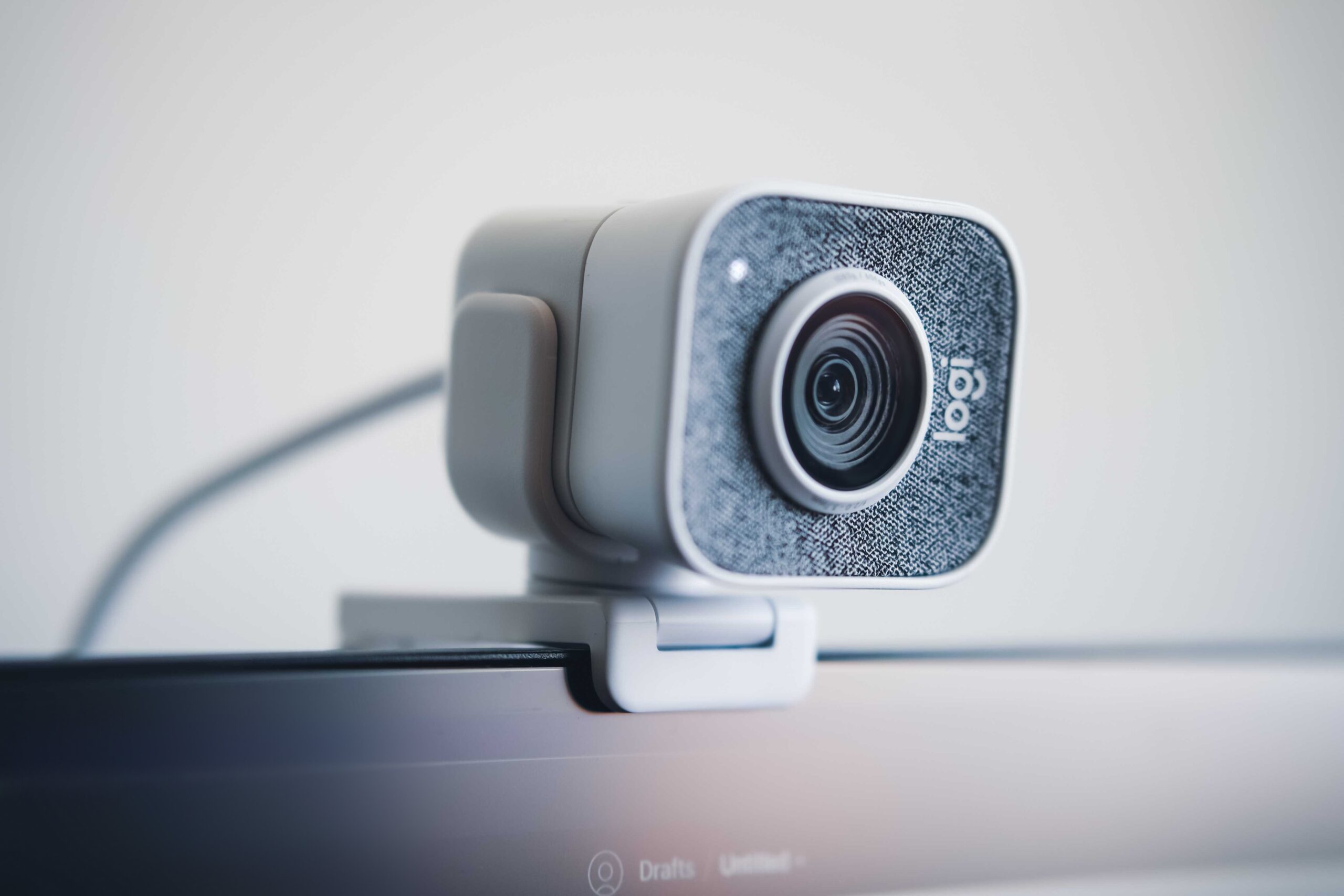With the rise of remote work and virtual meetings, video conferencing has become an integral part of our daily lives. As a result, webcam technology has undergone significant advancements in recent years to keep up with the demand. In this article, we’ll take a look at the latest advancements in webcam technology and what to expect in the coming years.
Artificial Intelligence (AI)
Artificial intelligence is being integrated into webcams to improve the video quality and make video conferencing more efficient. AI can automatically adjust lighting and color balance, as well as remove background noise and distractions. In addition, AI can also recognize and track users’ faces, allowing for more natural and dynamic video conferencing experiences.
Virtual Backgrounds
Virtual backgrounds have become a popular feature in video conferencing, allowing users to replace their real-life background with a virtual one. In the coming years, we can expect virtual backgrounds to become even more advanced, with the ability to recognize and separate the user from the background, providing a more seamless and realistic experience.
360-Degree Video
Webcams are evolving to capture 360-degree video, allowing for more immersive video conferencing experiences. With the ability to capture video in all directions, participants can feel as if they’re in the same room as the other attendees, making virtual meetings feel more personal and engaging.

4K Resolution
As technology continues to advance, we can expect webcams to capture video in even higher resolutions than 1080p. 4K resolution webcams are already available on the market, providing clearer and more detailed video than ever before. In the coming years, we can expect 8K resolution webcams to become more common, offering even more clarity and detail.
Facial Recognition
Facial recognition technology is being integrated into webcams, allowing for more secure and personalized video conferencing experiences. Facial recognition can be used to authenticate users, ensuring that only authorized participants are able to join the meeting.
In addition, facial recognition can also be used to personalize the user’s experience, such as adjusting the lighting and color balance based on the user’s preferences.
Low Light Performance
Webcams are becoming better equipped to handle low light situations, allowing for clearer and more visible video in darker environments. In the coming years, we can expect webcams to continue to improve their low light performance, making it easier for users to have video conferences at any time of day.
Conclusion
As video conferencing becomes more prevalent in our daily lives, webcam technology will continue to evolve to meet the demand. From AI to virtual backgrounds to 360-degree video, the latest advancements in webcam technology are already providing more engaging and immersive video conferencing experiences.
As we look towards the future, we can expect webcams to become even more advanced, with higher resolutions, facial recognition, and improved low light performance.
The future of webcam technology is bright, and it’s exciting to see how it will continue to shape the way we communicate and connect with others.
 Online Hardware Test Online Hardware Test – Tips and Troubleshooting
Online Hardware Test Online Hardware Test – Tips and Troubleshooting


